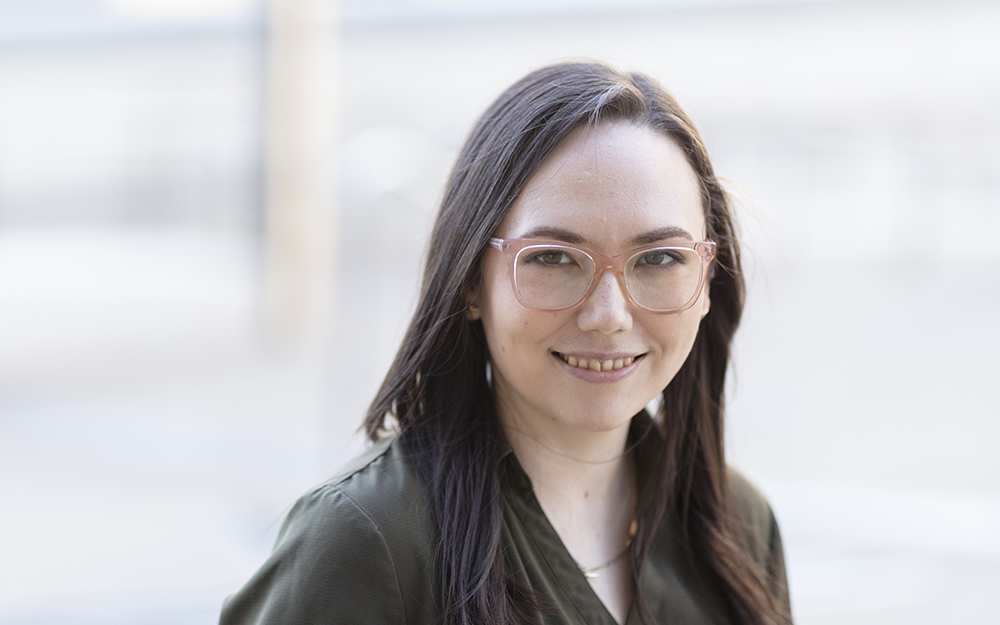Cedars-Sinai Blog
Dietitian Shares Ways to Help ALS Patients Eat Healthy
May 16, 2022 Cedars-Sinai Staff

At Cedars-Sinai's weekly ALS Clinic, a team of physicians, therapists and other caregivers focus on maintaining patients' quality of life throughout the course of their disease. Registered dietitian Tanya Bitcon works with people experiencing all stages of amyotrophic lateral sclerosis (ALS). Here, she shares the difficulties and joys of helping patients with the progressive neurodegenerative disorder.
"This field is a great opportunity to work with people for whom good nutrition can make a big difference in their lives."
What is your main role at the ALS Clinic?
Tanya Bitcon: ALS symptoms make eating difficult when people lose the ability to chew or swallow. I work with patients to help them maintain good nutrition as their symptoms progress. That involves helping them avoid weight loss and keep up their strength and energy by choosing foods and snacks that are higher in calories and protein.
I also help patients decide whether a feeding tube is right for them. A feeding tube is a small plastic tube surgically inserted into the stomach that is used to deliver nutrients and hydration.
There's no blanket recommendation for when patients need a feeding tube. Sometimes, changes in speech or swallowing are a patient's first symptom, and they need a feeding tube very quickly after their diagnosis. Other times, patients can maintain the ability to eat for years.
Generally, we want to be proactive about having a feeding tube inserted early, to help people avoid becoming malnourished, weak and tired when eating becomes difficult and unsafe—but we only recommend starting one if we think it will be positive. It's always with the goal of improving quality of life.
How do you approach conversations about feeding tubes?
TB: With many ALS patients, one of the scarier things they face is not being able to feed themselves. So many of our social experiences are also food experiences.
Patients with ALS often miss out on a lot of those aspects of life, like eating popcorn together with someone at the movies or going to happy hour. Eating can cause embarrassment and anxiety and can create friction and guilt with families.
I frame feeding tubes as a way to avoid the predominantly negative aspects of eating: a feeding tube can be a solution to get the nutrition you need without spending hours trying to get through a meal. It can give someone more time to spend on all the other things that make life worth living.
What are the most gratifying aspects of your job?
TB: This field is a great opportunity to work with people for whom good nutrition can make a big difference in their lives. When you think about general nutrition, everyone knows to eat more vegetables. With ALS, we do a lot of brainstorming to honor people's favorite, traditional foods and come up with creative, personalized solutions to eating so they feel better even when they're dealing with something so challenging.
People with feeding tubes get 99% of their calories from them, but if someone wants to have a bit of cheesecake, they can still do that if it's safe. It's really rewarding working with patients, who are so kind and appreciative, to find a way to maintain their nutrition and enjoy food.



